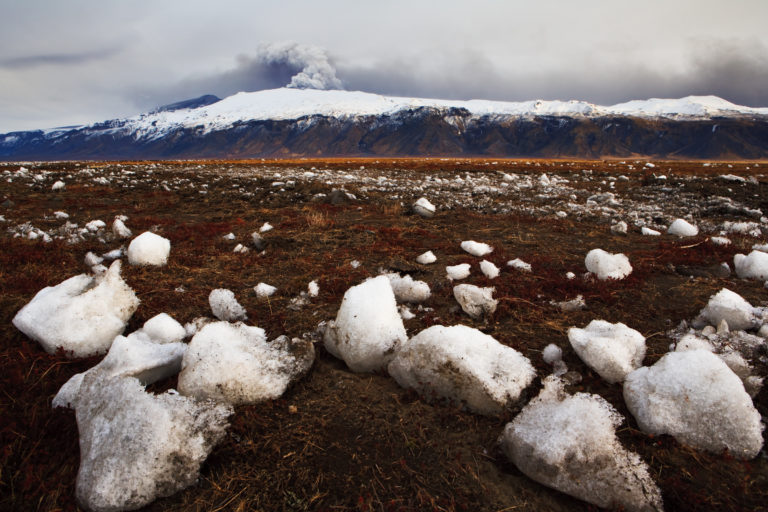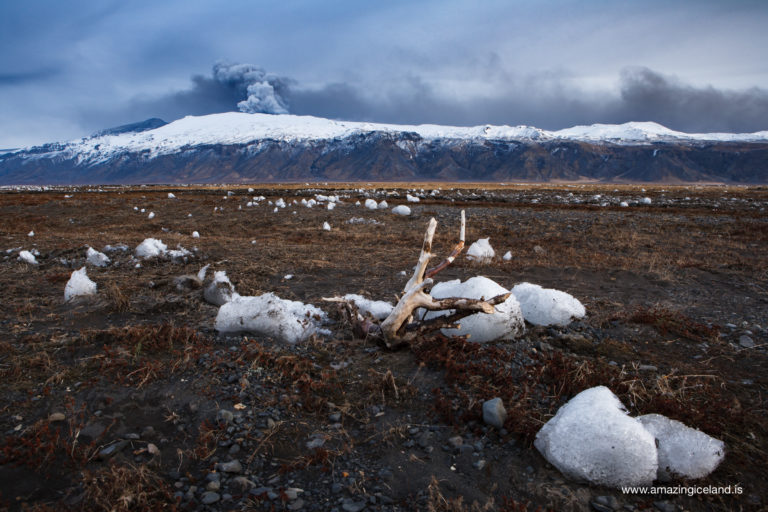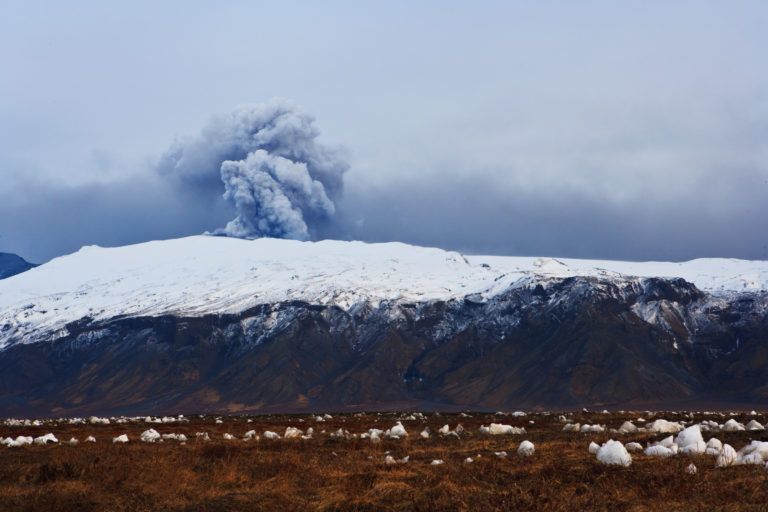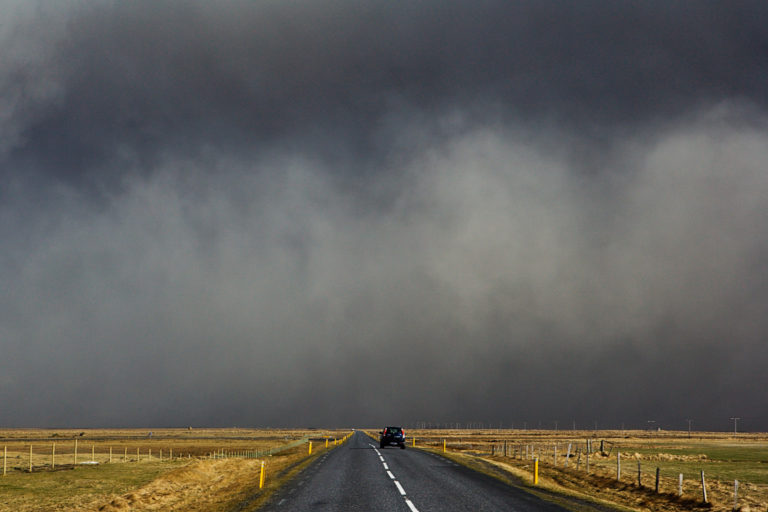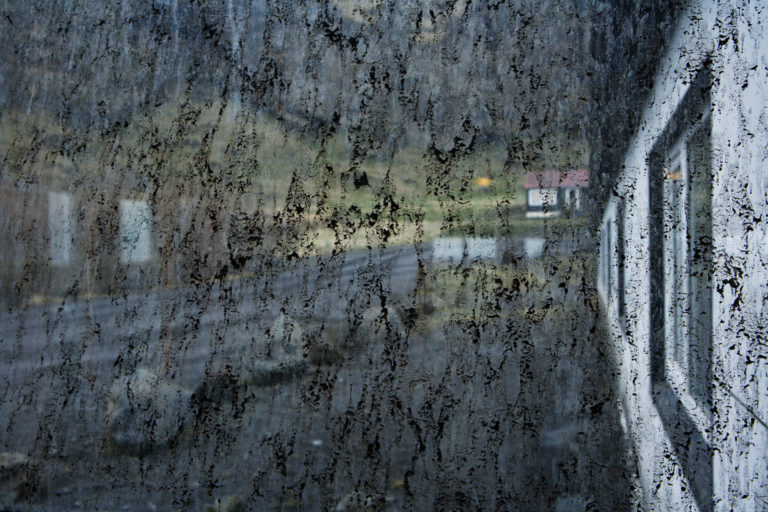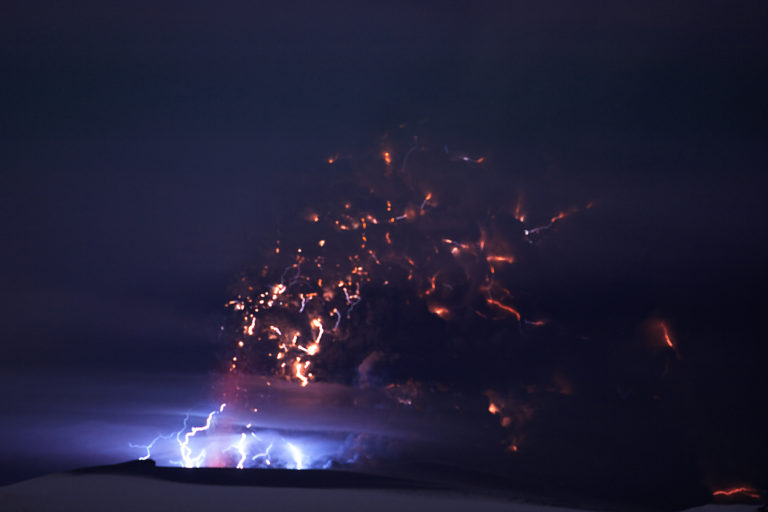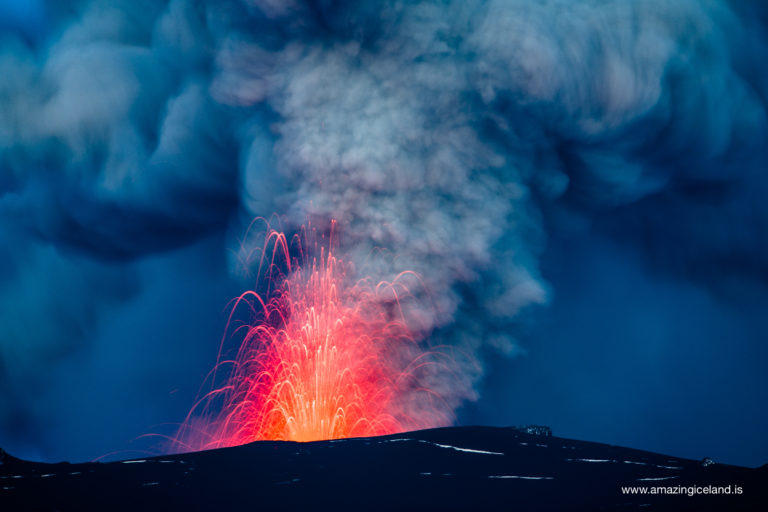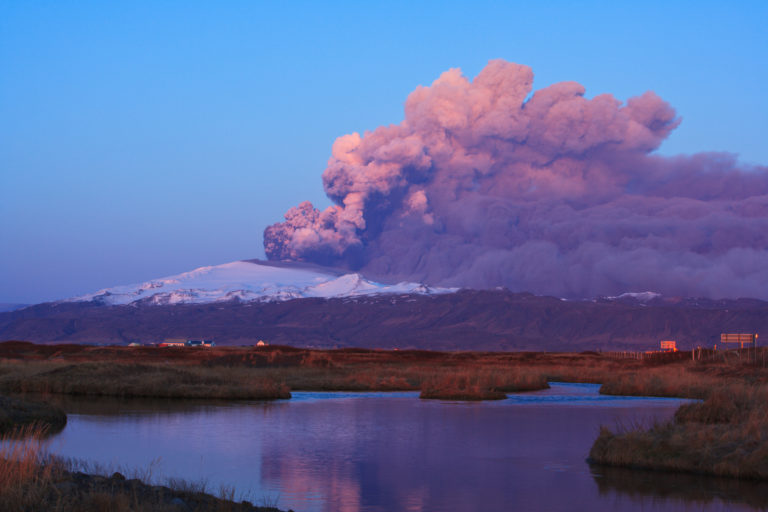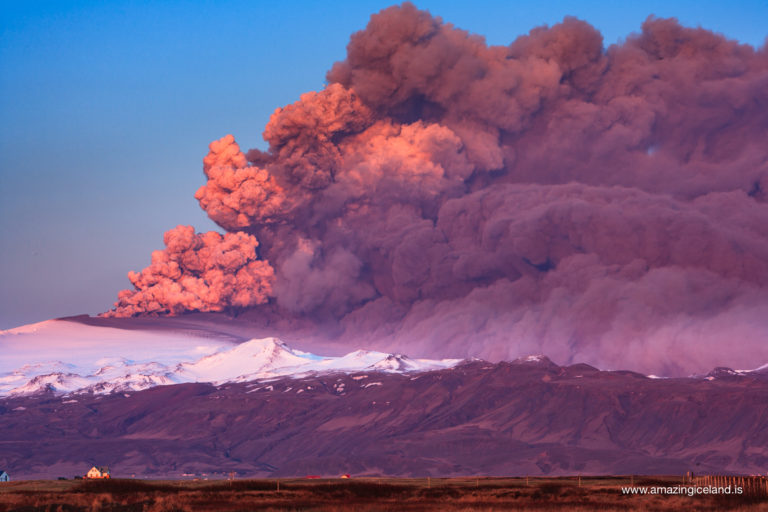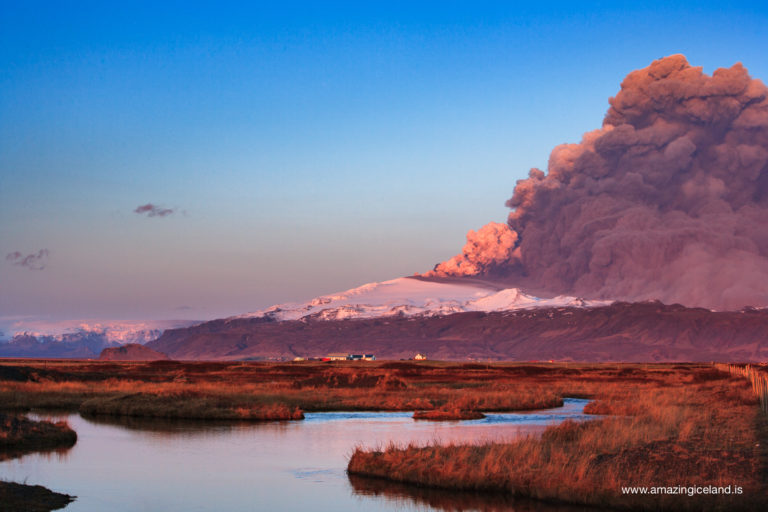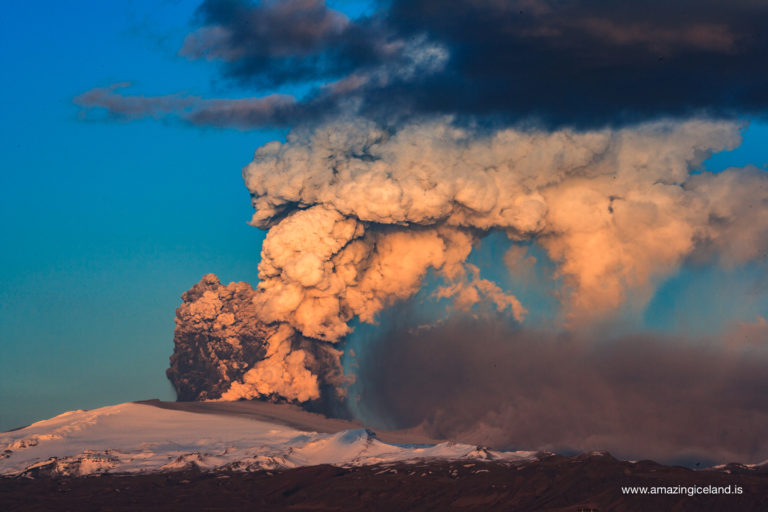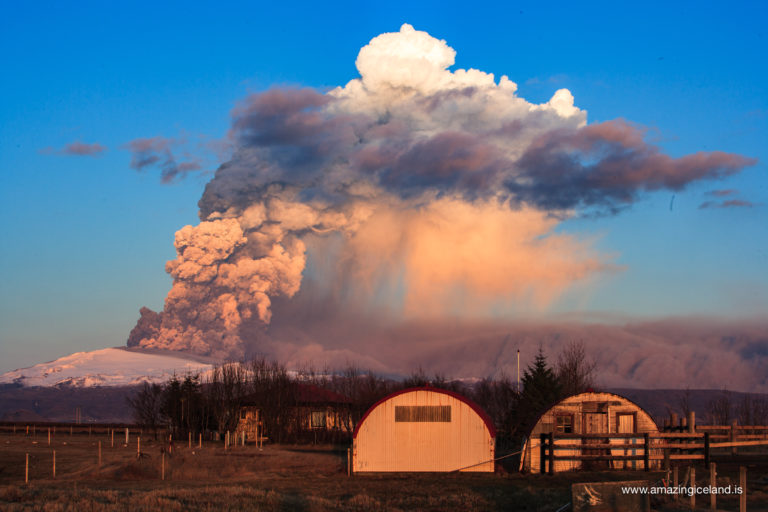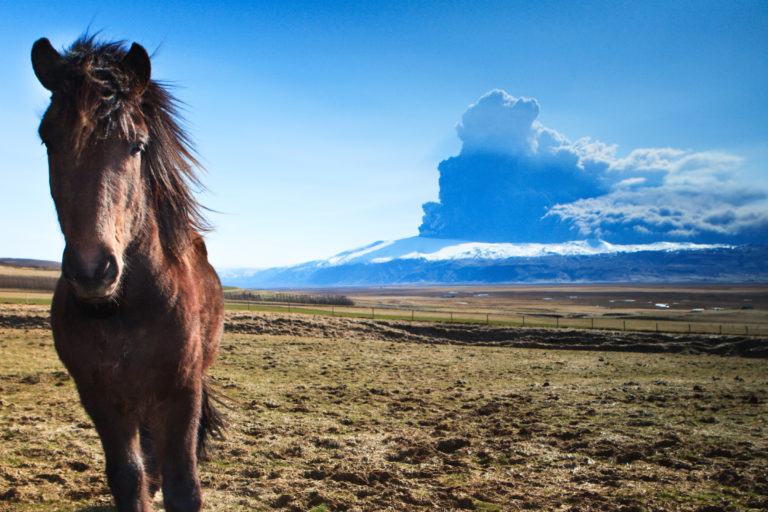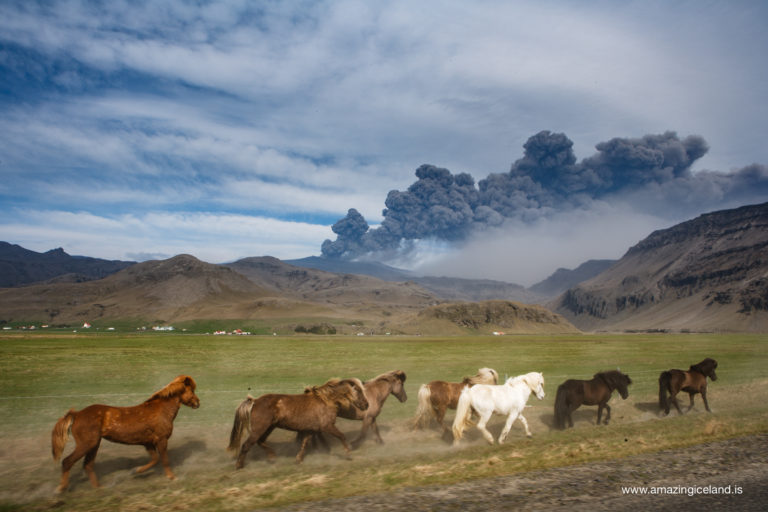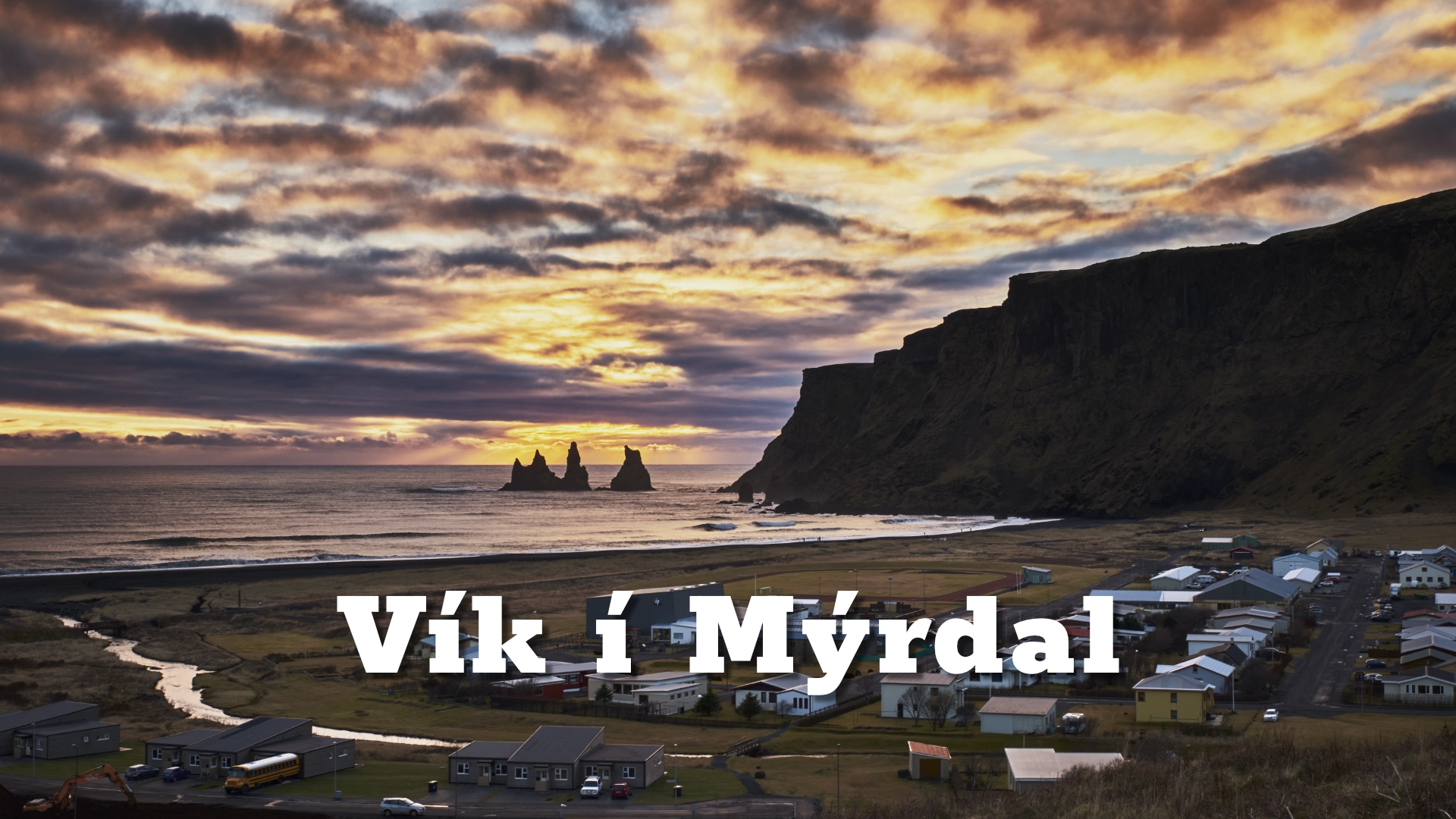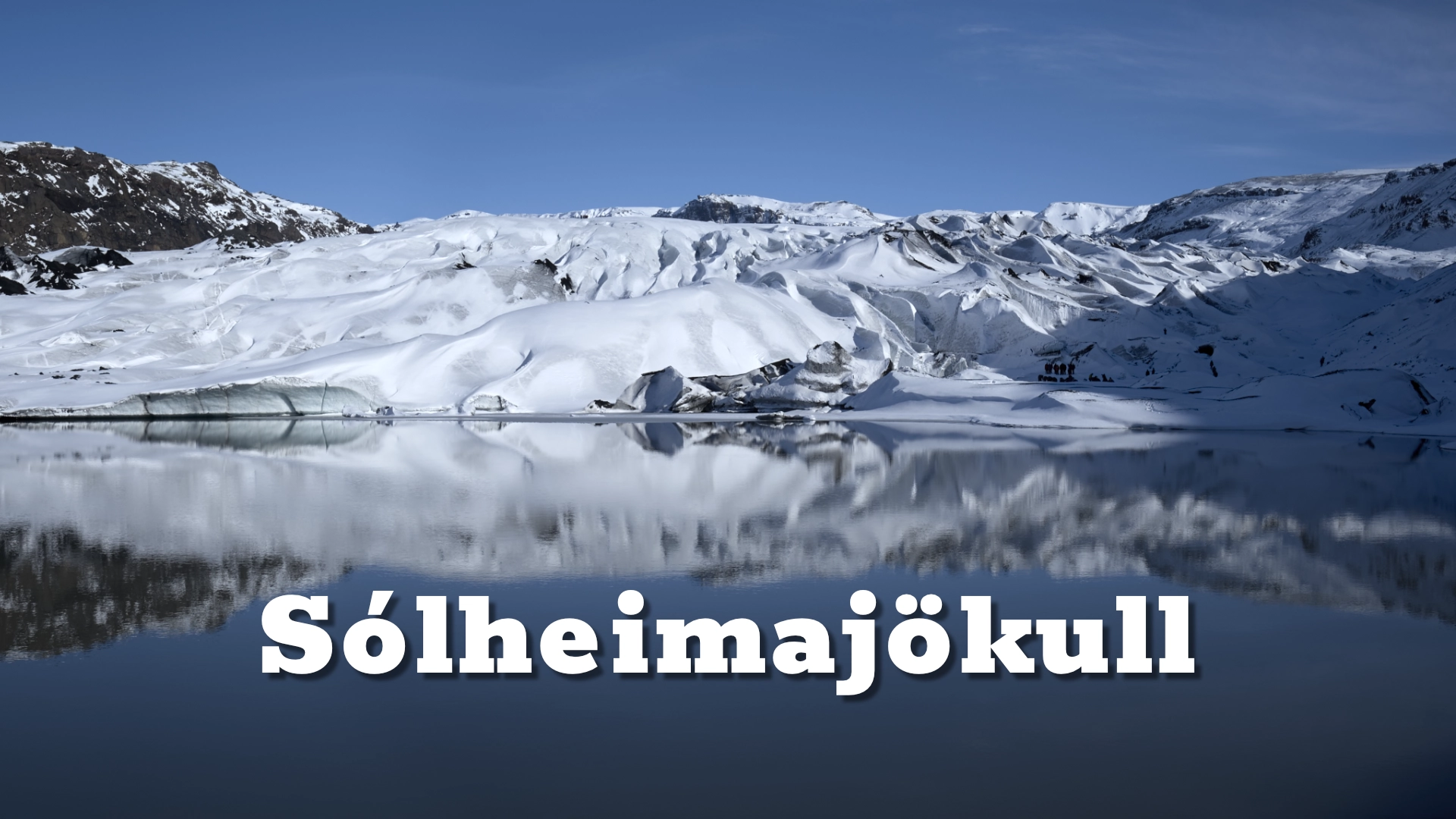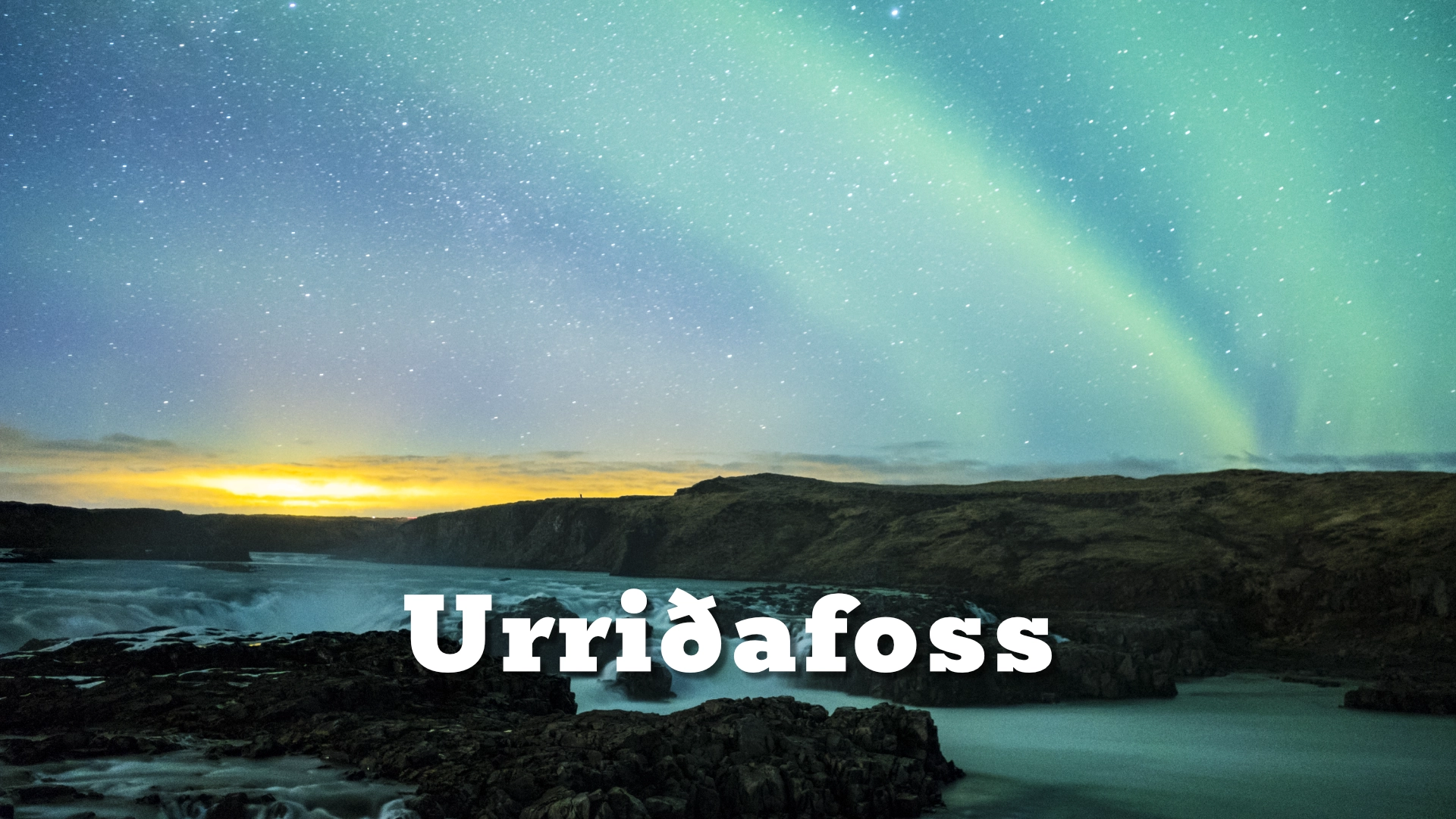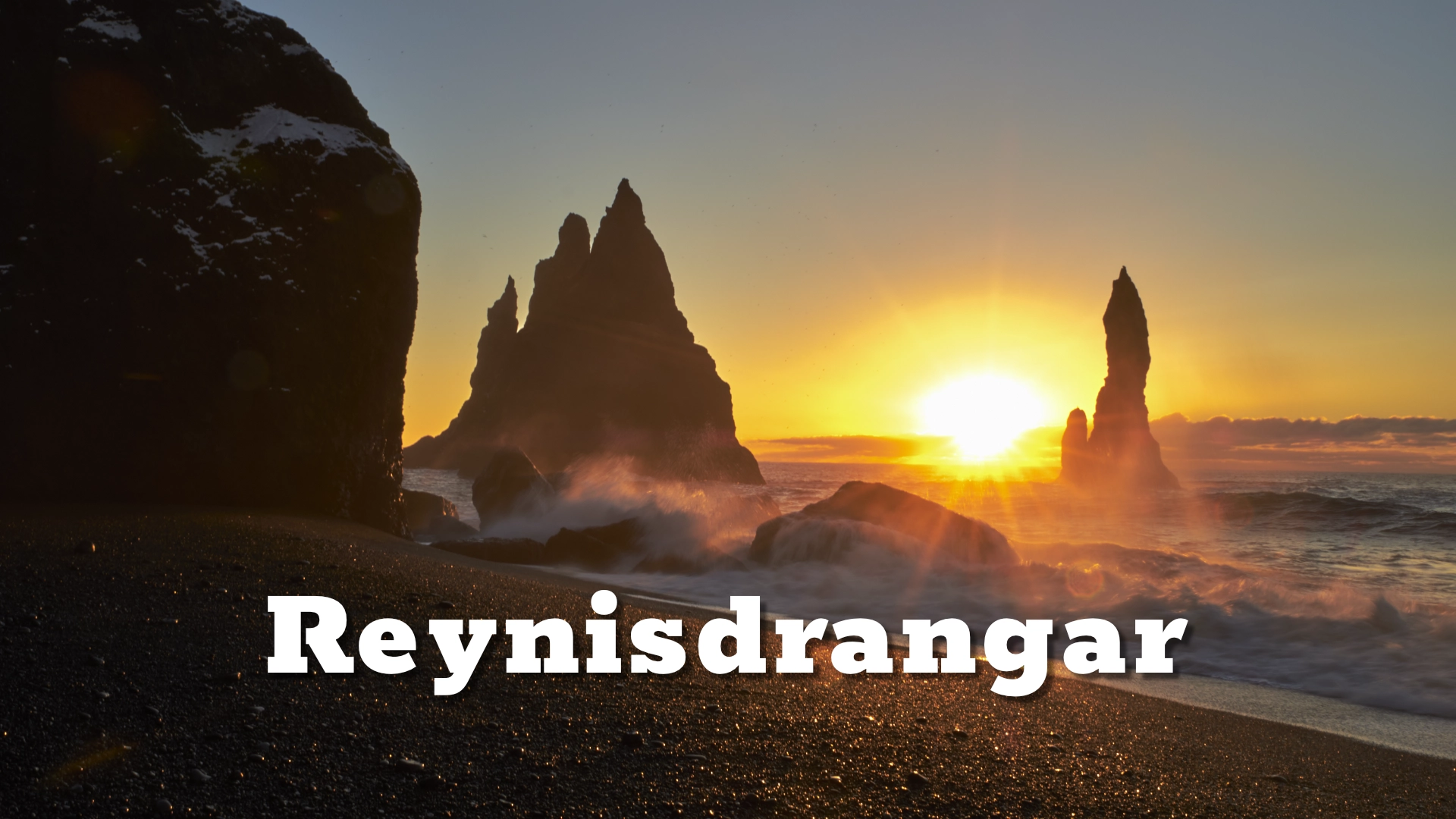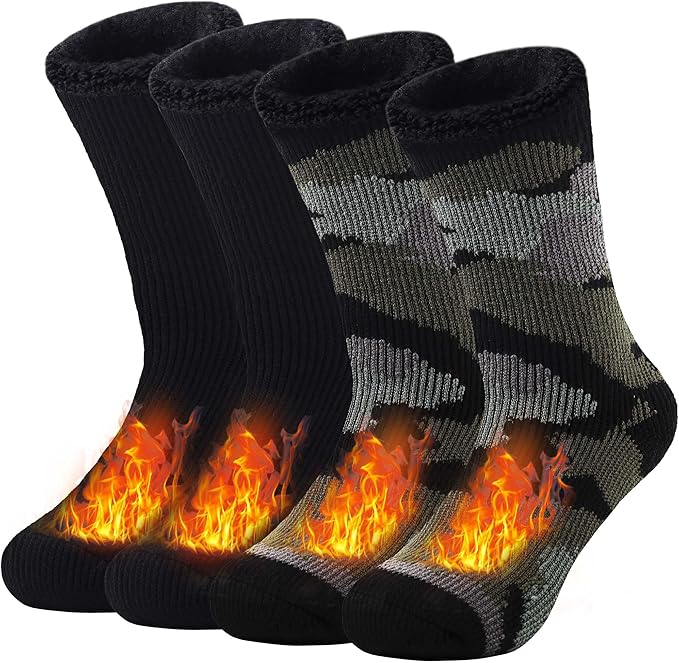
Eyjafjallajokull is one of the few Icelandic central volcanos that can be termed a stratovolcano. It is a conical volcano built by many layers of hardened lava, tephra, pumice and volcanic ash, which is completely covered by an ice cap and is about 100 km² (39 sq mi) and therefore the sixth largest glacier and among the highest ones in Iceland or 1,651 metres (5,417 ft) high.
The location of Eyjafjallajökull glacier and volcano on the south coast of Iceland
Latitude
Longitude
The Locomotive Elite
What do Donald Trump and Iceland’s Locomotive Elite have in common?
Far more than you think.
In The Locomotive Elite, you’ll uncover how a tiny clique in Iceland captured extensive control—of banks, courts, media, and even the central bank.
For decades they ruled, first democratically, then through corruption and in the end through crime, enriching themselves and their cronies while dismantling oversight.
The result?
One of the most spectacular financial collapses in modern history.
